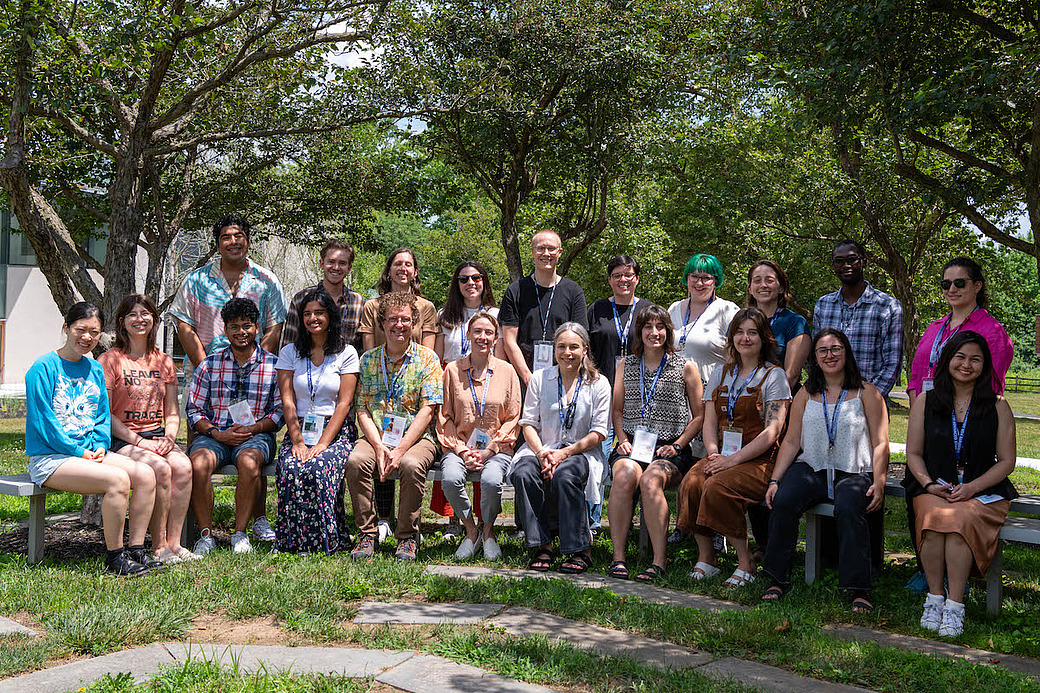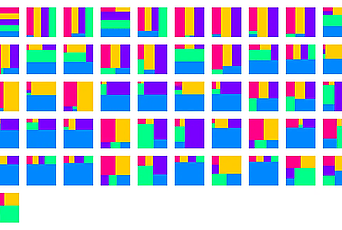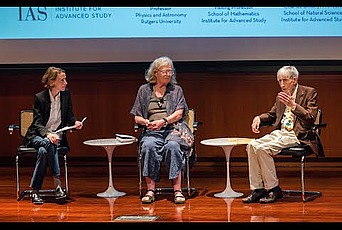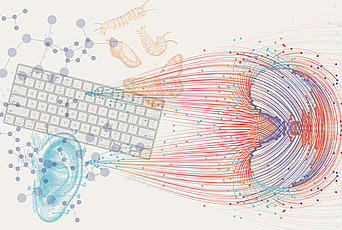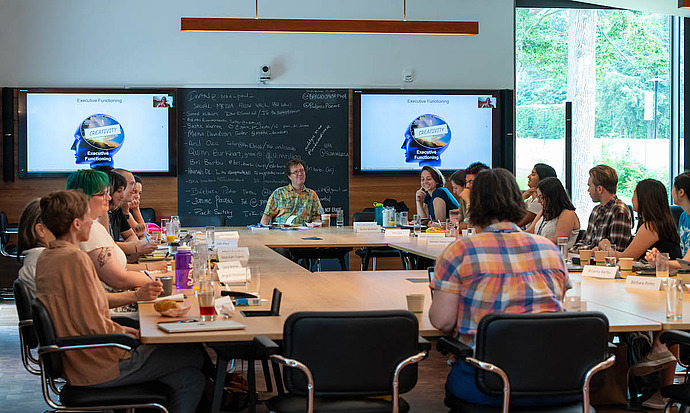
"Why write a story?": IAS Science Journalism Workshop 2023
"Why write a story?" This question, posed by Natalie Wolchover, senior editor at Quanta Magazine, kicked off a new Science Journalism Workshop at the Institute in July, when 18 aspiring and early-career science journalists converged on campus for an intensive week dedicated to their craft.
Wolchover, the program director, set the stage for the week with her lecture on story and structure, which emphasized setting up the critical tension in a story to lure the reader in. Siobhan Roberts, program associate director and a contributor to the New York Times, sat down for a discussion about scientific biographies with Graham Farmelo, a frequent IAS Director’s Visitor and author of The Strangest Man — The Hidden Life of Paul Dirac, Quantum Genius. Farmelo, who is currently finishing his forthcoming biography of Stephen Hawking, shared a quintessential piece of writing advice as espoused by Dirac’s contemporary, George Orwell: “Good prose is like a windowpane.”
With the goal of writing clear and compelling scientific prose that engages the average citizen, workshop participants read and critiqued one another’s draft stories over the course of the week. One participating journalist, Abdullahi Tsanni, from Nigeria and currently based in the U.S., noted that these workshopping sessions, “provided me with an opportunity to think like an editor and learn more about self-editing and structuring stories.”
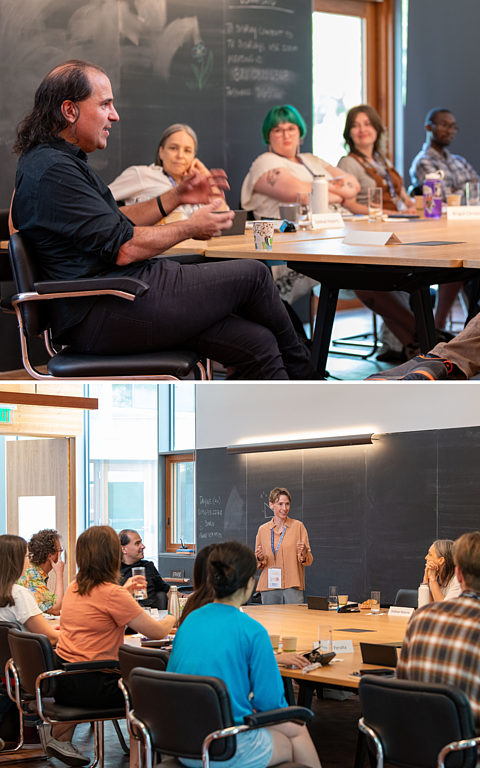
Participants also took in a breadth of perspectives from guest lecturers: Ashley Smart, of Undark Magazine and the MIT Knight Science Journalism program, addressed the changing landscape of the field; John Rennie, from Quanta Magazine, gave a masterclass on pitching; Sabrina Imbler, of Defector, shared their experience establishing a beat and incorporating personal narratives; John Thomason, of Grist, considered various approaches to climate journalism; Christie Aschwanden, a journalist and author and freelancer extraordinaire, gave a boot-camp on freelancing; Gideon Lewis-Kraus, a staff writer at the New Yorker, shared his process of writing in-depth stories about scientific controversies; Jaime Green, a science writer, editor, and lecturer at Smith College, provided practical tips on getting into a productive writing mindset; and George Musser, of Scientific American, demonstrated the art of the interview in a discussion with Nima Arkani-Hamed, Professor in the School of Natural Sciences, about forthcoming work by Arkani-Hamed that’s been underway for more than a decade.
“My confidence as a writer drastically increased during the week,” said Nora Bradford, a U.S.-based science journalist who attended. “I had so many energizing conversations about story ideas outside of my comfort zone.”
The attendees, who were selected from a large international pool of applicants, came from all over the U.S., as well as Canada, the UK, Germany, Portugal, Nigeria, and the Philippines. Funding for their tuition, accommodation, and travel was generously provided by the Simons Foundation, the Institute for Advanced Study, and the Rita Allen Foundation.
“Graduate studies have equipped me pretty well to digest complex ideas into simpler concepts,” Ivan Paul, an aspiring science journalist from the UK, observed. “But what I need to work on more, and what I think the workshop really helped me with, is turning this digested material into an interesting story that people actually want to read.”
